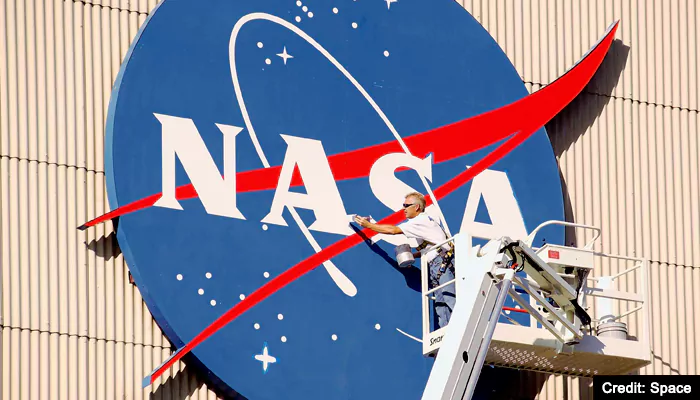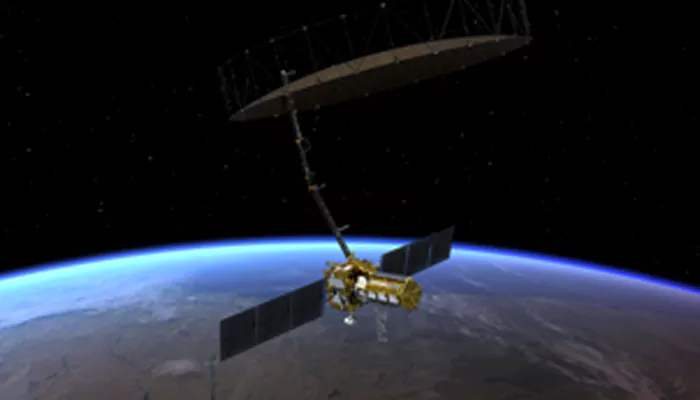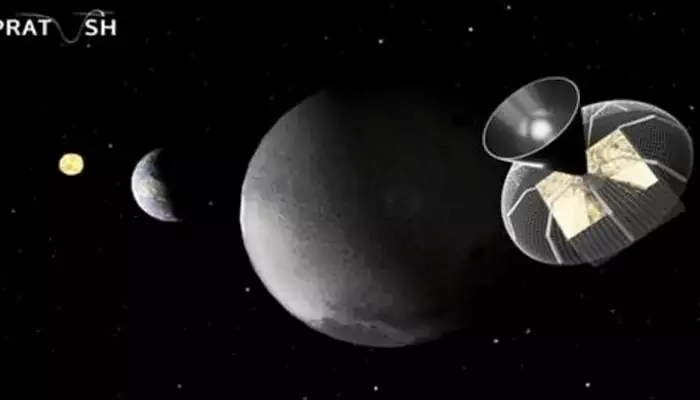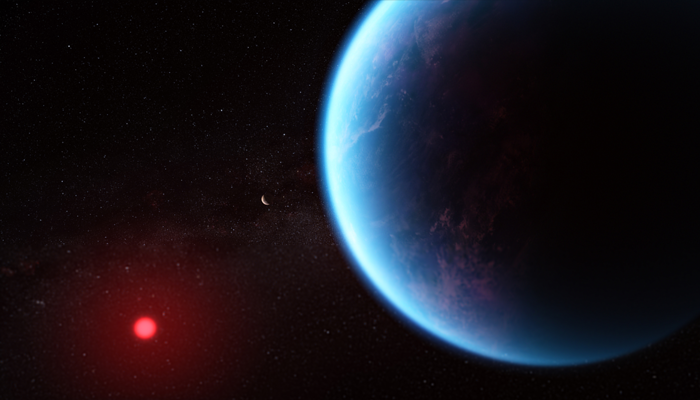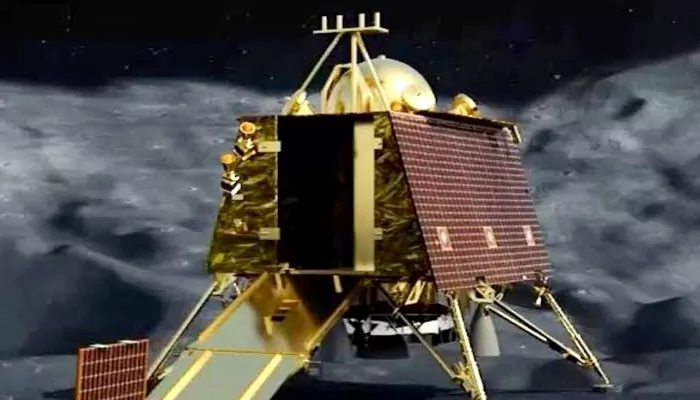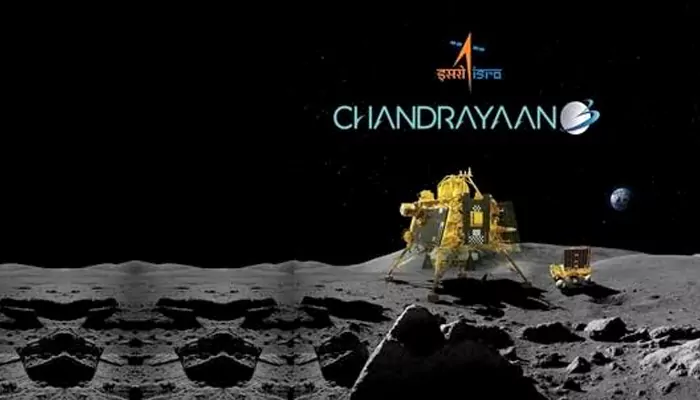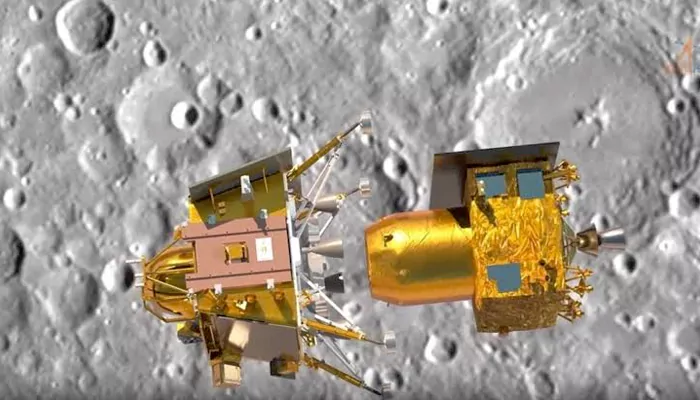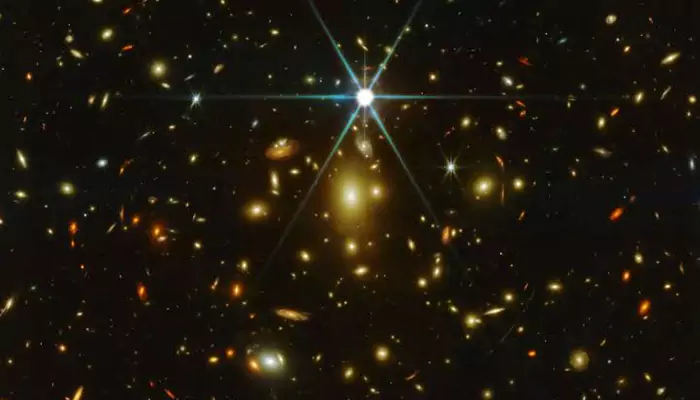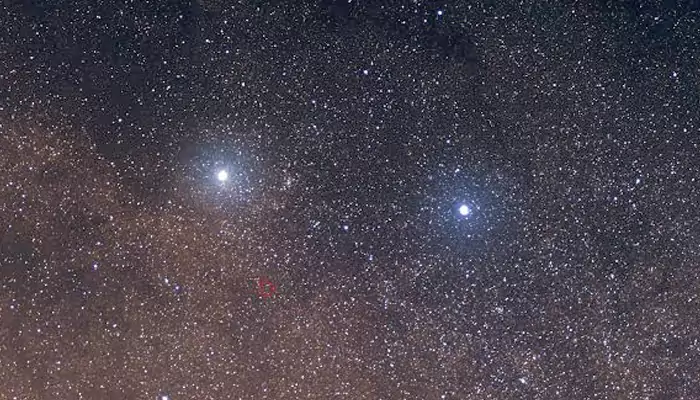From a Wet World: Exploring Asteroid Bennu's Oceanic Origins and the Precision Science of Sample Collection
- Admin
- 1 year ago
- 3 minutes read

The small asteroid Bennu continues to provide extraordinary insights into the early history of the Solar System. Samples collected by NASA's OSIRIS-REx mission have added new details to what we already know about Bennu. One surprising discovery was the detection of magnesium-sodium phosphate, a compound which was not previously identified by the spacecraft's orbital observations. This finding supports the theory that Bennu might be a fragment of a larger, ancient oceanic body.
Let us learn more about NASA’s OSIRIS-REx mission and take an in-depth look at the technology and techniques used to collect samples from Bennu.
The OSIRIS-REx Mission
Launched in September 2016, the OSIRIS-REx (Origins, Spectral Interpretation, Resource Identification, Security-Regolith Explorer) spacecraft embarked on a journey to meet Bennu, a near-Earth asteroid. The mission's primary objective was to collect and return samples from Bennu’s surface, providing a clear glimpse into the composition and history of the early Solar System. After a two-year journey, OSIRIS-REx arrived at Bennu in December 2018, beginning a detailed survey to identify the optimal sampling site.
Advanced Instruments and Technology
The success of the OSIRIS-REx mission hinged on its sophisticated suite of instruments designed for high-precision tasks. Among these, the Touch-and-Go Sample Acquisition Mechanism (TAGSAM) was the centerpiece. TAGSAM, an extendable arm, was engineered to collect samples without landing, minimizing the risk of contamination or damage to the spacecraft.
Equipped with a nitrogen gas canister, TAGSAM expelled a burst of gas upon contact with Bennu’s surface, lifting loose material into a collection chamber. This innovative method allowed OSIRIS-REx to gather samples from a range of materials, from fine regolith to small pebbles, ensuring a diverse collection for analysis.
Precision Navigation and Mapping
To identify the best sampling site, OSIRIS-REx employed its onboard suite of cameras and spectrometers, including the OSIRIS-REx Camera Suite (OCAMS) and the OSIRIS-REx Laser Altimeter (OLA). These instruments created detailed maps of Bennu’s surface, revealing its topography, composition, and potential hazards.
The mission team meticulously analyzed this data to select Nightingale Crater, a relatively smooth and boulder-free area, as the primary sampling site. The precision required for this selection process was paramount, as the success of the mission depended on collecting sufficient material from an optimal location.
The Sampling Event: A Moment of Precision
On October 20, 2020, OSIRIS-REx descended to Bennu’s surface for the historic sampling event. The spacecraft’s descent and sample collection were choreographed with exacting precision. TAGSAM made contact with Bennu for approximately six seconds, during which the nitrogen gas burst dislodged material into the collection chamber. This brief but critical interaction was monitored closely, with real-time data transmission ensuring the mission team could verify the sample’s acquisition.
Sample Return and Earth-Based Analysis
After successfully collecting the sample, OSIRIS-REx embarked on its journey back to Earth, carrying with it the precious cargo. The spacecraft is expected to return in September 2023, where the sample capsule will re-enter Earth’s atmosphere and be retrieved for analysis.
Once on Earth, the samples will be transported to NASA’s Johnson Space Center, where a team of scientists will conduct detailed analyses. These analyses will utilize advanced techniques such as scanning electron microscopy, mass spectrometry, and X-ray diffraction to examine the mineral composition, isotopic ratios, and potential organic compounds within the samples. The goal is to decode the primordial materials that formed the early Solar System, offering clues about the origins of water and organic molecules that may have contributed to the emergence of life on Earth.

